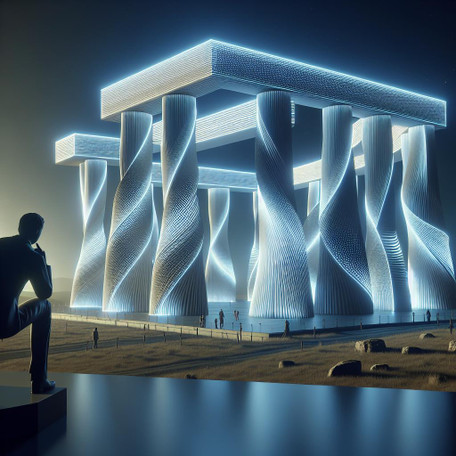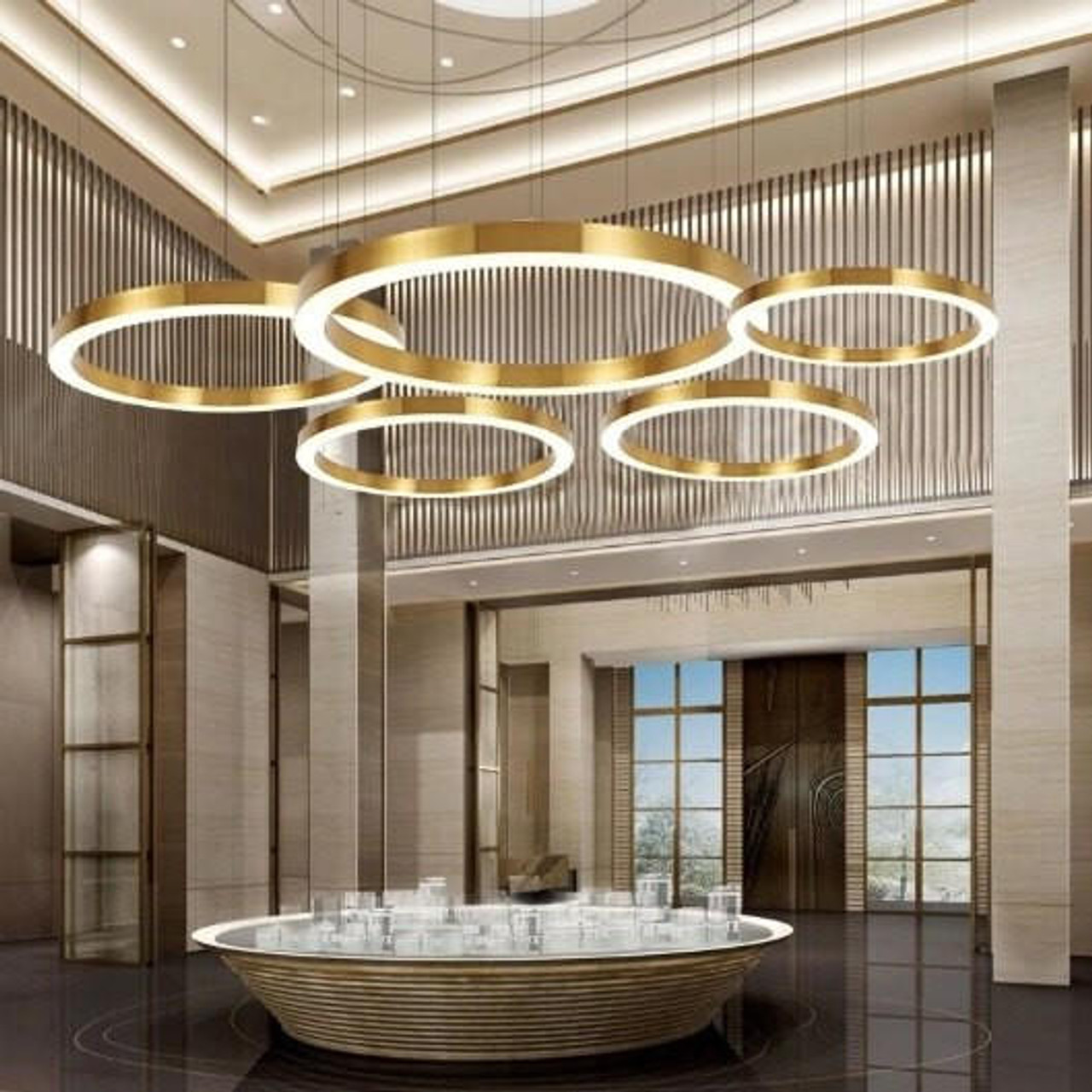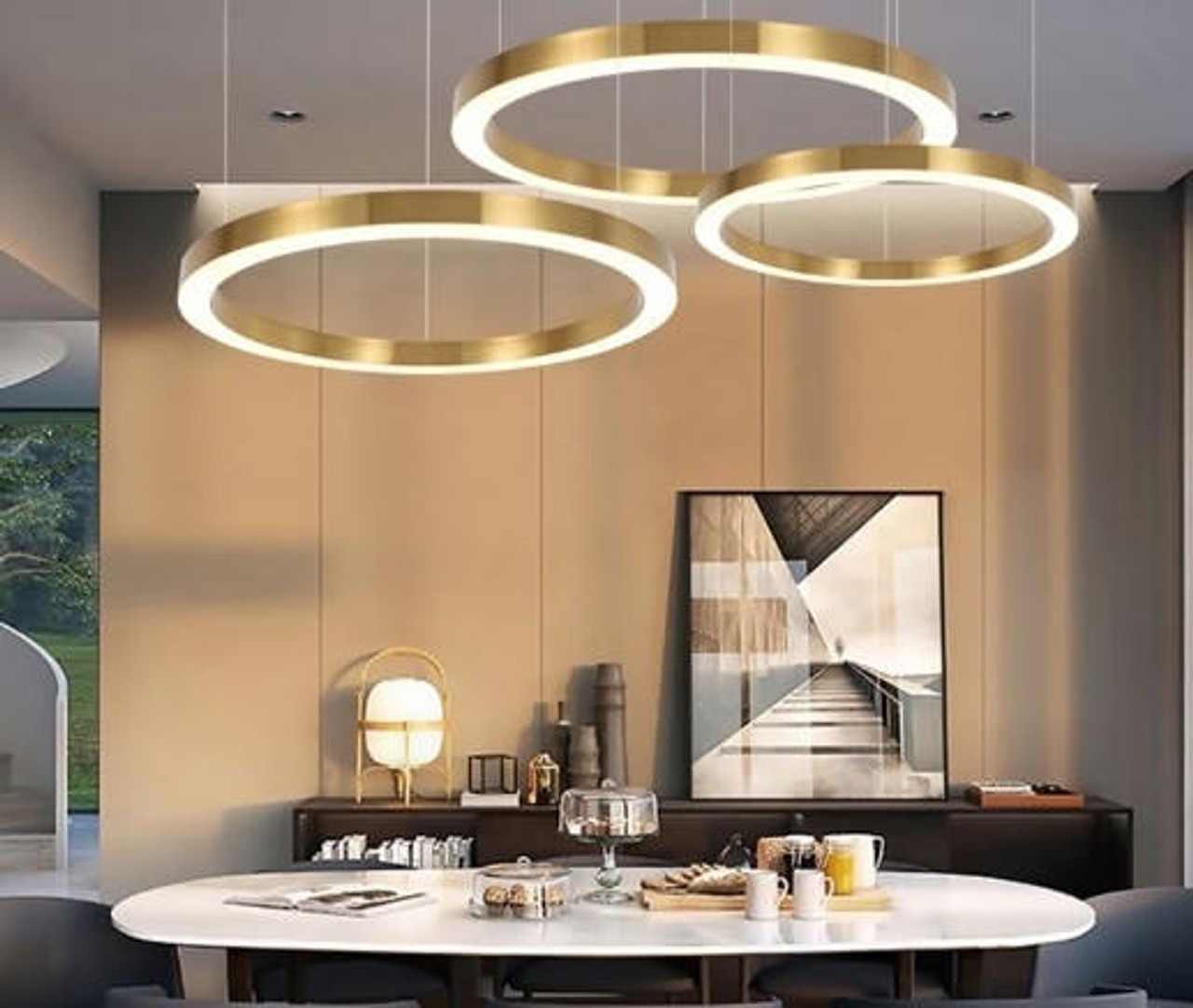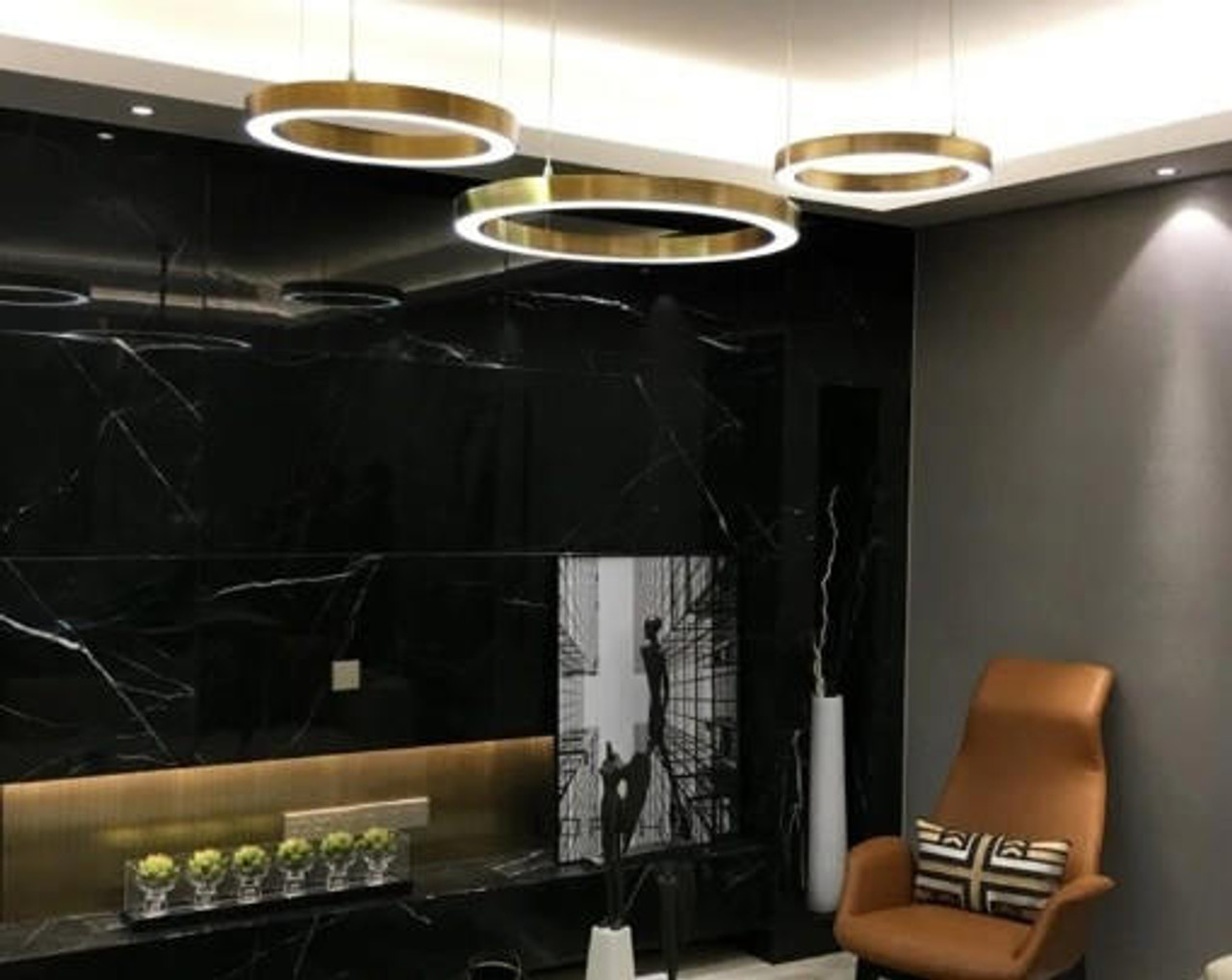Tape Light Henge: The Future of Sleek, Flexible Lighting Solutions
Posted by Elodie Allington - Architect on 8th Oct 2024
In a world that's increasingly focused on efficiency, sustainability, and aesthetics, lighting solutions are an essential aspect of architectural design that cannot be overlooked. As architects and designers strive to marry form and function, the introduction of ""Tape Light Henge"" offers a remarkable pivot in the lighting industry. This new technology embodies the principles I, Bjarke Ingels, hold sacred in creation—functional innovation, aesthetic electricity, and the unexpected result of shaping light into a living, dynamic part of architecture.
The Concept of Tape Light Henge
At the core of this revolutionary idea lies the notion of light as a malleable, sculptural medium that reflects the fluid, adaptable nature of modern existence. Tape Light Henge presents more than just a lighting solution; it offers a paradigm shift in how we interact with our environments. Imagine having the ability to mold and direct light as easily as one might bend a reed, transforming mundane spaces into dynamic canvases.
This concept challenges traditional notions of lighting fixtures that have long been static, unyielding structures. Instead, Tape Light Henge introduces a technology that is flexible and resilient, effortlessly conforming to the contours of any form it meets. By allowing this fluidity, architects can exploit illumination as a playful element—one that dances across surfaces, highlights textures, and brings new focus to points of interest in ways never before possible.
Tape Light Henge inspires architects and designers to reimagine spaces by providing a tool that transcends the limitations of rigid structures. This lighting solution allows them to create environments that balance the delicateness of art with the robustness of engineering.
The Technical Evolution
The breakthrough embodied by Tape Light Henge is achieved through advancements in LED technology. These cutting-edge LEDs are embedded within highly flexible yet durable strips, resulting in lighting that is not only versatile but also energy-efficient and long-lasting. With an emphasis on eco-friendliness, Tape Light Henge contributes to a reduction in energy consumption, aligning with the sustainable ideals of contemporary architecture.
The incorporation of smart technology enhances its appeal, granting users control over the intensity, color, and even pattern of light emitted. Gone are the days of flipping a simple switch; instead, users engage with their surroundings via intuitive digital interfaces or even voice control, creating an interactive experience where lighting becomes an extension of one's personality and mood.
Beyond the technical specifications, Tape Light Henge challenges the very essence of lighting's role in architecture. It provides an unprecedented opportunity to weave lighting into the structural fabric of spaces, allowing architects to craft truly immersive environments where technology and design coexist harmoniously.
As we witness the capabilities of smart technologies expanding, Tape Light Henge offers a glance into a future where the boundaries between structures and their illumination blur, acting as a cornerstone for further innovations in the architectural realm.
Versatility in Application
A defining characteristic of Tape Light Henge is its remarkable versatility, opening a realm of possibilities across various architectural contexts. Here is how this innovative solution can be seamlessly integrated:
- Residential Spaces: Tape Light Henge can transform homes into personalized sanctuaries. From illuminating kitchen countertops to accentuating architectural features such as staircases or alcoves, its application promises to enhance the ambiance of any domestic space.
- Commercial Architecture: In retail environments, Tape Light Henge can be utilized to spotlight products attractively, guide consumer flow, or create unique, branded experiences that captivate and engage shoppers.
- Public Installations: In urban landscapes, the technology can enliven public spaces, creating interactive light shows that promote communal interaction or guide pedestrians during nighttime hours.
- Cultural and Artistic Venues: Museums, galleries, and theaters can benefit from this lighting technology by using it to highlight exhibitions, craft atmosphere in accordance with performances, or even animate artwork itself.
The versatility of Tape Light Henge ensures that no design aspiration is too grandiose, enabling architects and designers to push the boundaries of traditional lighting applications to achieve new dimensions of creativity.
A Fusion of Aesthetic and Function
The brilliance of Tape Light Henge lies not only in its technological prowess but also in its ability to transform aesthetics. The thin, unobtrusive nature of the light strips allows them to remain hidden, ensuring that their presence does not conflict with the architectural elements they accentuate. Instead, they become a part of the architecture, interweaving with structures in subtle yet impactful ways.
Architects and designers now have the power to create dynamic narratives through light, adding depth and emotion to spaces that previously relied solely on static elements. This fusion results in environments that are not only functional but also emotional, reflective of the seamless relationships forged between people and the spaces they inhabit.
The elegance of Tape Light Henge lies in its simplicity—allowing designers to transform a simple line of light into a dynamic story, an artistic expression within the confines of everyday environments.
A Step Towards Future Innovation
As we look towards the future, Tape Light Henge stands as both a beacon of innovation and a testament to how far lighting technology has come. By embracing this change, we become participants in an evolving narrative of how built environments merge with technology in ways that serve humanity better. As advancements continue, it's critical to consider how such technologies will further revolutionize other aspects of architectural design and practice.
Within Tape Light Henge lies the possibility of a future where every surface, wall, or object can transform into a source of illumination, where lighting becomes inherent within the fabric of buildings rather than an appendage appended as an afterthought. It’s an exciting time for all in the field of architecture, as we push the boundaries of what’s possible and explore the unknown potential lighting holds.
The unprecedented opportunities unveiled by Tape Light Henge challenge architectural norms, urging us to reconsider our perspectives on what lighting can achieve within and beyond mere functionality.
Conclusion: Illuminating the Path Forward
As architects, designers, and inhabitants of a shared world, we have a responsibility and an opportunity to utilize Tape Light Henge for creating spaces that are more than shelters—they are expressions of creativity, bastions of sustainability, and accommodations for the human spirit. Through this innovation, we are not only illuminating our paths but also sculpting them, giving form to what was once unseen. This moment holds a promise, a chance to create, and redefine how we perceive light within our lives and the environments we collectively shape. The journey of discovery is just beginning, and the potential of Tape Light Henge to transform our architectural landscape is as limitless as our imaginations.
The introduction and widespread adoption of Tape Light Henge could prove to be one of the defining moments of 21st-century architectural design, potentially relegating current lighting paradigms to obsolescence and ushering in a new era of functional art.




